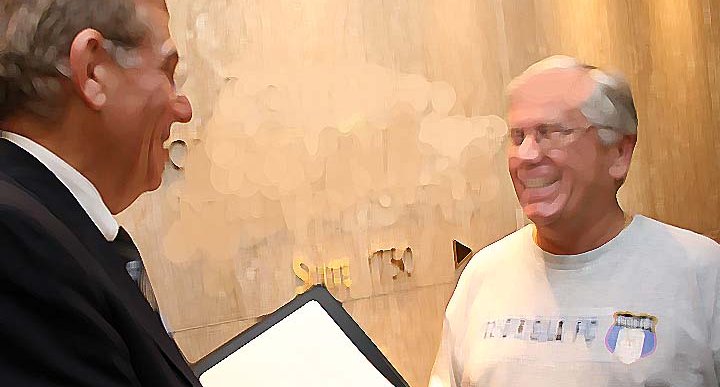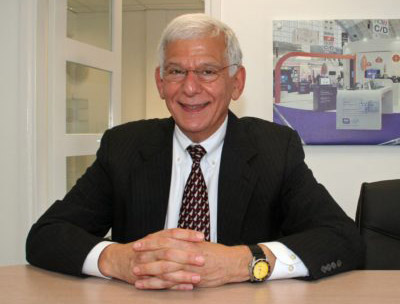If a customer perceives that all movers are the same ‘species,’ he or she typically makes a purchasing choice based on price alone. We all know that competing on price alone is a loser’s game, so when you ‘follow the followers,’ copying their selling strategy, you’re only reinforcing negative stereotypes.
Does your sales approach go something like this?
·After greeting the prospect in the reception area, you follow him into his office, sit in front of his desk and look around for something you can use to ‘break the ice’—a sports trophy or pictures of his hobby.
·If, for example, you see a football trophy, you might ask questions about it—when and where did he win it, etc.
·When he replies, you continue talking about football for the next several minutes, making sure he knows you’re really impressed with him and interested in football.
·Twenty minutes later, you conclude the superficial conversation when you take out your legal pad and ask, “Do you have any special concerns about your move?” If he doesn’t, you ask if he’s concerned about his computers.
·He spends the next 45 minutes with you while you take an inventory of his stuff. Along the way you tell him about your company’s great reputation and that his move is “no big deal” because you can easily handle it.
The problem with this playbill is that it’s trite, boring, and identical to the one that most movers use. Worse, it reinforces the fact that you’re no different from your competition.
When I owned my moving company, we differentiated ourselves after the “meet and greet” by asking for a quick tour of his entire office space instead of letting our contact take us to his office. While we led the way walking briskly throughout the area, we created a dialogue by asking substantive questions related to what we saw; for example:
·Who is moving your plants, your employees or us?
·Who is moving your paintings, your employees or us?
·Who is moving your lamps, your employees or us?
·Who is packing your common areas, your employees or us?
·Do you own or lease your copier?
·Is everything going? What’s staying here?
The walkthrough with our rapid-fire questions averaged 10 minutes. At its conclusion, we’d say, “Now most of our clients just turn us loose so that we can take a thorough and detailed inventory of their furniture, electronics, and contents by ourselves. Is that what you’d like to do?”
Most did but before we “dismissed” the client, we’d confirm that he let us come back for a 45-minute second appointment to explain our estimate and proposal to him. If he said, “Just email it,” we would tell him that as much as we’d like to do that, our company policy mandates that we must walk the customer through what we’re all about. We’d add, “Since you’ve invested less than 15 minutes until now, and I’m requesting another 45, that’s still only one hour of your time.” Most of the time a prospect would agree to our second visit. If not, we’d shake hands and leave the office without giving him an estimate. On the way out, we’d say, “We’re sorry that we don’t qualify to bid on your job.” (I promise that was our policy, and it became a great filter for the prospects that were not genuine or who were merely shopping for the lowest price.)

If you follow the herd, you may end up going over the cliff with them. Have a standardized approach BUT don’t be like everyone else. As you can see from my description above, it doesn’t take much time. And you’re making the most of every single minute—yours and the prospect’s. Whether or not you get the business, you’ll earn the prospect’s respect. In my experience, that has always provided a solid return on investment later on.
Be sure to join our Group at https://www.linkedin.com/groups/12060567 For more information on our online office moving training, please visit www.officemoves.com/training/index.html or call 404.358.2172.










